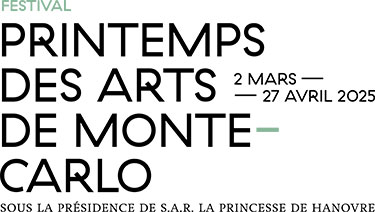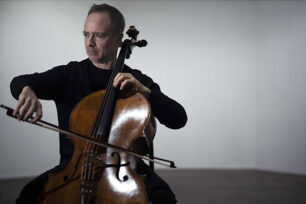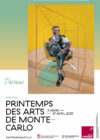Take a Johann Sebastian Bach aficionado – who knows, your left-hand neighbour may be one. Prepare him with a friendly smile. Coat it with a courteous introduction. Let it simmer for a few moments, then ask what makes the composer so talented and special. He may tell you about Bach’s acuity in depicting religious feeling. Perhaps he’ll wax lyrical with more or less convoluted descriptions, tinged with numerology. Most certainly, he will speak of Bach as a master of counterpoint; of his mastery in combining melodic lines. Now, take a Benjamin Britten fan (definitely a rarer kind, but who knows, your right-hand neighbour may be one). Repeat the operation: prepare her, coat her, let her simmer, and then question her about Britten. What will she talk about? About the psychological violence depicted in his operas, his stylistic eclecticism, perhaps his fascination with childhood. You’ll infer from this that you are dealing with two composers moving in opposite directions: religiosity vs. psychological oppression; abstract numbers vs. pragmatic eclecticism; the science of counterpoint vs. practical writing for children. Yet, it seems to me that Bach’s and Britten’s suites for solo cello (with a clear tribute from the latter to the former) present two crucial points of convergence.
The first is the physicality of these suites. In both Bach’s and Britten’s works, the musician’s gesture is equally important. On the one hand, Bach offers us rhythmically articulated dance movements: from the poised precision of the Allemande to the lively leaps of the Gigue, from the lively Courante to the slow grace of a Sarabande and the polished allure of a minuet. The dance is the structuring element of the instrumental suite (or “suite of dances”), and the dancer’s gesture develops over the sound produced by the musician’s gesture. Britten’s work has a typically modern bodily vitality. There’s a highly sporty quality to the works of this tennis, cricket, swimming and racing car enthusiast. Although Britten’s Suites refer not to dances but to character pieces or writing types, they do keep the physicality of the musician’s gesture. The element of speed, in particular, is found in the fugues and perpetual movements, which reveal a modernist obsession with the mechanical. There is also a poly-gestural aspect to Britten’s work, in that the cello constantly imitates the gestures of other instruments: the pizzicato of an Italian guitar in Serenata; the sound of drums and trumpets in March; or singing in other, more lyrical moments.
Thus, through gestural and melodic elaboration, Britten moves beyond the cello’s intrinsic limitations towards new horizons. This brings us to my second point. There’s a certain taste for playfulness in these suites. For Canadian philosopher Bernard Suits, playing is a voluntary attempt to overcome unnecessary obstacles. If you’re playing golf – ask your front neighbour, perhaps? -, you’re not just trying to get the golf ball into the hole, but to do so with a wholly inadequate object: a club. Britten tames his musical material like a golf club. Strength lies in condensation: everything is based on a short motif, a simple idea, a gesture. The design has the look of Danish furniture: a stylized line, a sense of motion, and not a note too many. It is a music of small motifs, which like toys are constantly manipulated and recombined through variations to elaborate malleable music. This is not to say that play is necessarily playful: children’s tinkering is both exploratory and destructive. The ambiguous, unsettling aesthetic of Britten’s music, in turn naive or violent, has the innocent yet cruel aspect of a child’s game.
The same taste for playfulness is found in Bach. If he is the master of melodic superposition (counterpoint), the monodic cello is his golf club, his obstacle to overcome. Take the prelude to the first suite that opens this concert. By way of arpeggios, Bach presents us with a juxtaposition of melodic lines. In the dance movements that follow, listen closely to these lilting melodies: you’ll find, in their leaps of register and contrasting articulations, the paradoxical coexistence of several voices blended into one. Of course, play and gesture go hand-in-hand. Gesture is the founding element of Britten’s economy of means. In Bach, it is the limiting element that is overcome by virtuosity to create organ-like writing on the cello. Finally, the expert to ask about this concert programme is somewhere at the back of the hall. He is the child handling his toy. He’s got it all figured out.



